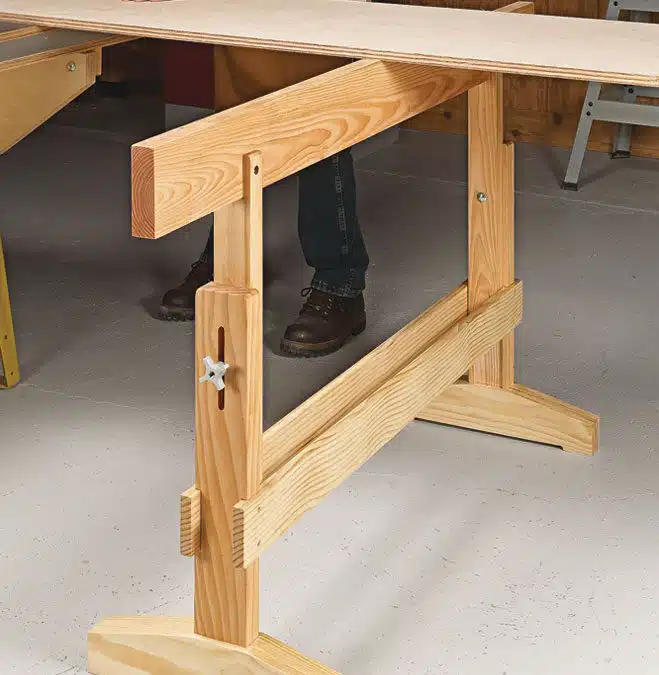A common reason for getting dining pieces custom made together is to get a perfect match between a table and seats. But how do standard Tables and Seating heights in furniture design really measure up?
Tables and Seating | You know the saying – “Measure twice, cut once.”
That speaks to the need to review, prepare, and review again. But in the furniture world, it also speaks specifically to the importance of very specific measurements in design. Because it doesn’t matter how nice a piece looks in your home if it doesn’t operate optimally, and it gets especially tricky when it comes to matching table and seat heights.
There’s a rule of three in furniture height: table, counter, and bar. Knowing these standard heights is key to overall interior design when ensuring there are different levels and focal pieces to draw the eye across the room. It’s even more important if you’re straying from standard heights – for instance, going with a low coffee table or an alternative design for kitchen cupboards. Standard heights are what they are for optimal comfort and usability – so having professional expertise in these areas, like RFP does, will allow for greater creativity while ensuring the final product will still be functional and safe.
For example, these are the most common standard heights in furniture design:
- Table height: 28 to 30 inches
- Counter height: 34 to 36 inches
- Bar height: 40 to 42 inches
But, ultimately, it depends on the user themselves to decide seat height to work with these standard heights, if you’re adding dining chairs, benches or stools. Leaving enough leg room is essential, but you also don’t want to have the seat come up too short. Generally, 10 to 13 inches is a safe gap between a dining table and seat, and bar and counter stools typically leave a 10 inch gap.
If you’re interested in finding more standard dimensions for all kinds of furniture pieces, a handy site is Dimensions.com’s furniture portal. And Parotas.com has a simple chart to calculate standard heights across different furniture projects.
Of course, not every body comes in standard height – and some furniture brands aren’t able to meet the specific requirements of tall or short people. That’s also where a custom furniture maker can come in handy – with in-depth knowledge of comfortable standard heights, we can also customize heights to suit our client’s needs to maximize comfort. Get in touch with RFP today if you’re interested in learning more about how we work with our clients to build the perfect piece!

